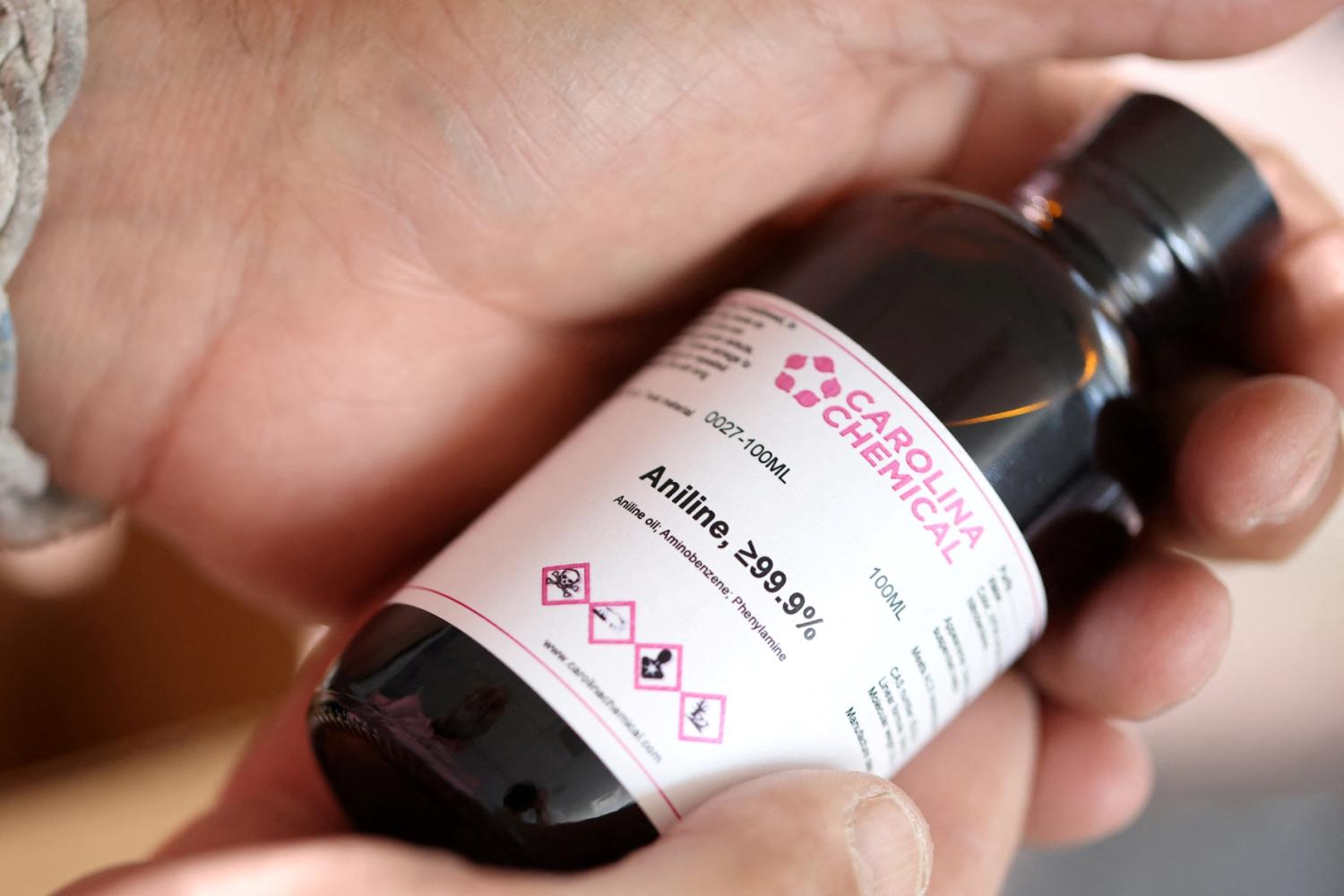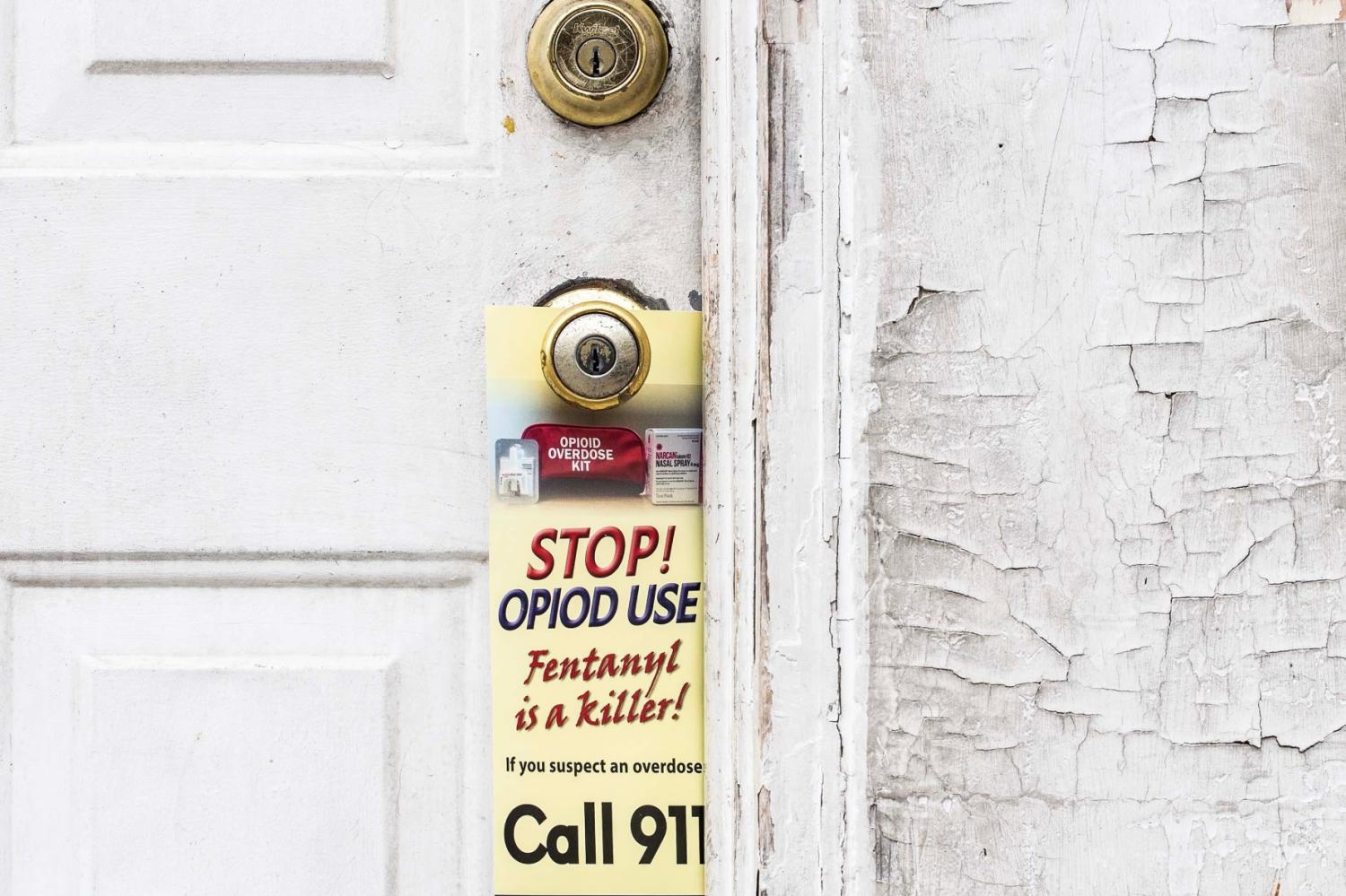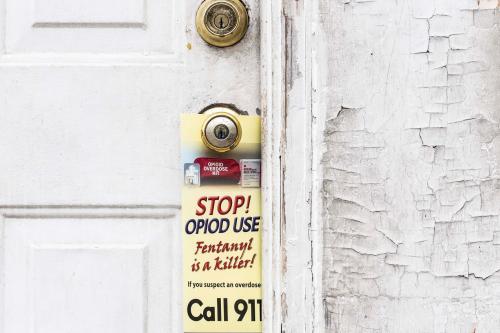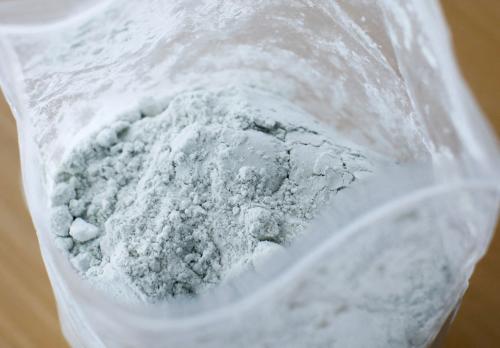Executive summary
Four decades of unabated growth in drug-related fatalities in the United States shows an escalating public health crisis, though drug use prevalence has not shown much increase since 2002. The national overdose growth rate, remarkably constant over the period and roughly doubling every eight years, is apparently impervious to shifts in policy interventions. Even the emergence and decline of specific drugs has little effect; deadly as fentanyl is, statistically, it looks merely like an extension of what was even in 2015 a 35-year trend.
Fentanyl has saturated many U.S. drug markets as a cheaper and more potent replacement for heroin, and entered others where heroin was rare or absent. Fentanyl now also shows up primarily in fatal overdoses that also involve cocaine and methamphetamine; it is not just a substitute opioid. Cocaine use in the United States has declined substantially perhaps as a result of the falling price of methamphetamine. The significant decline in cocaine use is demand-driven since cocaine production has expanded substantially in the Andes over the last decade. Methamphetamine now is cheaper and more potent than the product that existed in the previous wave of the early 1990s. Fentanyl and methamphetamine have supplanted heroin and cocaine as the dominant drugs of policy concern.
This paper focuses on overdose mortality as the most important measure of the impact of the use of illicit drugs. It is also the best-measured aspect of drug markets available. The paper’s focus on overdose deaths will weight its attention toward opioids since fatal and non-fatal overdose risk is greater for opioids than stimulants of abuse. This perspective may give short shrift to the very large social costs of drug abuse and dependence that do not result in death, particularly those costs generated by the markets for methamphetamine and cocaine. We lack data to present a more complete analysis of these broader social costs.
If not for the attention fentanyl has understandably drawn, the methamphetamine crisis would be a larger national concern, with over 12,000 deaths in 2021 (comparable to total overdoses from all drugs in 2000), not including another 20,000 that also include fentanyl. This is despite regulatory efforts to curb methamphetamine’s production and distribution, which seemed to disrupt the market in the short term but may have spurred innovation in meth production. The rise in mortality is attributed to the drug’s increased potency and availability, and lower purity-adjusted prices, driven by production shifts to large-scale operations in Mexico. Meth continues to impact rural areas much more heavily than crack or heroin did in the past.
The interplay between these various drugs in the U.S. market underscores a broader trend toward more deadly and potent substances dominating the illicit drug landscape. The shift from plant-based to synthetic drugs poses new challenges for drug policy and public health strategies. These substances are not only deadlier but also harder to enforce against, due to their low cost, low detectability, the wide array of substitute precursor chemicals for production, and the complexity of their distribution networks.
Drug enforcement is about market regulation, yet the federal government makes little effort to collect systematic market data. Restoring researcher access to the System to Retrieve Information from Drug Evidence (STRIDE), the Drug Enforcement Agency’s data system for drug price and purity, is an easy first step. Other relatively easy steps are to strengthen the National Forensic Lab Information System (NFLIS), a national seizure database, and reestablish drug abuse monitoring programs among justice-involved populations, as well as the adoption of wastewater drug monitoring.
Expanding treatment and harm reduction services in quality, quantity, and accessibility is perhaps all that can be done at this stage to reduce the devastating drug death rates in the United States. But, tragically, expectations of success in substantially reducing the death toll in the near future should be low.
-
Acknowledgements and disclosures
The authors would like to thank Jonathan Caulkins, Bryce Pardo, and the participants in this project’s workshop for their thoughtful feedback and Codey Carr for his research assistance. They would also like to thank Adam Lammon for editing, Rachel Slattery for graphical design and layout, and Diana Paz García for project coordination.
The Brookings Institution is committed to quality, independence, and impact.
We are supported by a diverse array of funders. In line with our values and policies, each Brookings publication represents the sole views of its author(s).







